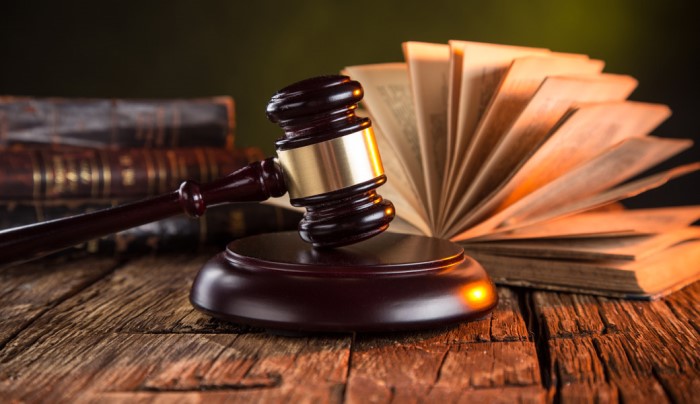Learn how to effectively document abuse on social media for legal proceedings. Discover strategies, tools, and tips to gather evidence and protect your rights.
Introduction
In today’s digital age, social media platforms serve as both a tool for communication and a platform for abuse. Documenting abuse on social media is crucial for legal proceedings, but it requires a strategic approach. This comprehensive guide will provide you with insights, techniques, and resources to effectively document abuse and use it as evidence in legal cases.
Understanding Social Media Abuse
Social media abuse encompasses various forms of harassment, bullying, defamation, and threats conducted through online platforms. It can have severe emotional, psychological, and even physical consequences for the victim. Recognizing different types of abuse is the first step in effectively documenting and addressing them.
Documenting Abuse with Social Media: Using Evidence for Legal Proceedings involves:
Recognizing Patterns of Abuse
Identifying recurring behaviors and patterns of abuse is essential for building a strong case. Whether it’s persistent harassment, targeted defamation, or online stalking, documenting each instance with timestamps and details can strengthen your evidence.
Leveraging Technology for Documentation
Technology offers valuable tools for documenting abuse, including screenshots, digital recordings, and archives. Utilizing these resources allows you to capture and preserve evidence in its original form, which is crucial for legal credibility.
Utilizing Screen Recording Software
Screen recording software enables you to capture real-time interactions, including abusive messages, comments, or posts. These recordings provide irrefutable evidence of the abusive behavior and can be instrumental in legal proceedings.
Protecting Your Privacy and Safety
Documenting abuse on social media requires careful consideration of your privacy and safety. Implementing security measures such as account settings, blocking, and reporting abusive content can safeguard your well-being while gathering evidence.
Strategies for Documenting Abuse
Effectively documenting abuse on social media requires a proactive approach and strategic tactics. By following these strategies, you can build a robust case and protect your rights:
Keep Detailed Records
Maintain a comprehensive record of abusive interactions, including dates, times, and specific content. Organize this information chronologically to establish a clear timeline of events.
Take Screenshots
Capture screenshots of abusive posts, comments, and messages as soon as they occur. Ensure that the screenshots include relevant metadata, such as timestamps and usernames, to validate their authenticity.
Preserve Digital Evidence
In addition to screenshots, preserve digital evidence such as audio recordings, video clips, and email communications. Store these files securely to prevent tampering or loss of evidence.
Seek Legal Guidance
Consult with legal professionals who specialize in cyberbullying, harassment, or internet law. They can provide expert advice on documenting abuse and navigating the legal process.
Documenting Abuse with Social Media: Using Evidence for Legal Proceedings
Victims of social media abuse often face challenges when seeking justice. However, by documenting abuse effectively and utilizing the right resources, you can protect your rights and hold perpetrators accountable.
Seeking Support from Advocacy Organizations
There are numerous advocacy organizations and support groups dedicated to combating online abuse. These organizations offer resources, guidance, and assistance to victims, empowering them to take action against their abusers.
Reporting Abuse to Platform Authorities
Most social media platforms have policies and mechanisms for reporting abusive content and behavior. If you encounter abuse, report it to the platform authorities immediately. Provide detailed information and evidence to support your report.
Working with Law Enforcement
In cases of severe or persistent abuse, involving law enforcement may be necessary. Provide law enforcement agencies with thorough documentation of the abuse, including timestamps, screenshots, and any other relevant evidence.
Frequently Asked Questions (FAQs)
Q: Can social media posts be used as evidence in legal proceedings?
Yes, social media posts can serve as evidence in legal proceedings, provided they meet certain criteria for authenticity and relevance.
Q: How can I prove that abusive content on social media is genuine?
Documenting abuse with timestamps, screenshots, and digital evidence can help establish the authenticity of the content.
Q: Are there any legal consequences for social media abuse?
Yes, perpetrators of social media abuse can face legal consequences, including civil lawsuits and criminal charges, depending on the nature and severity of the abuse.
Q: What should I do if I’m being harassed on social media?
If you’re experiencing harassment on social media, document the abuse, block the perpetrator, and report the behavior to the platform authorities.
Q: Can I remain anonymous when reporting social media abuse?
In most cases, social media platforms allow users to report abuse anonymously to protect their privacy and safety.
Q: How long does it take for social media platforms to respond to abuse reports?
Response times vary depending on the platform and the nature of the report. In urgent cases, contacting law enforcement may expedite the process.
Conclusion
Documenting abuse on social media is a critical step in seeking justice and protecting your rights. By leveraging technology, seeking support, and working with legal professionals, victims can effectively gather evidence and hold perpetrators accountable for their actions.

